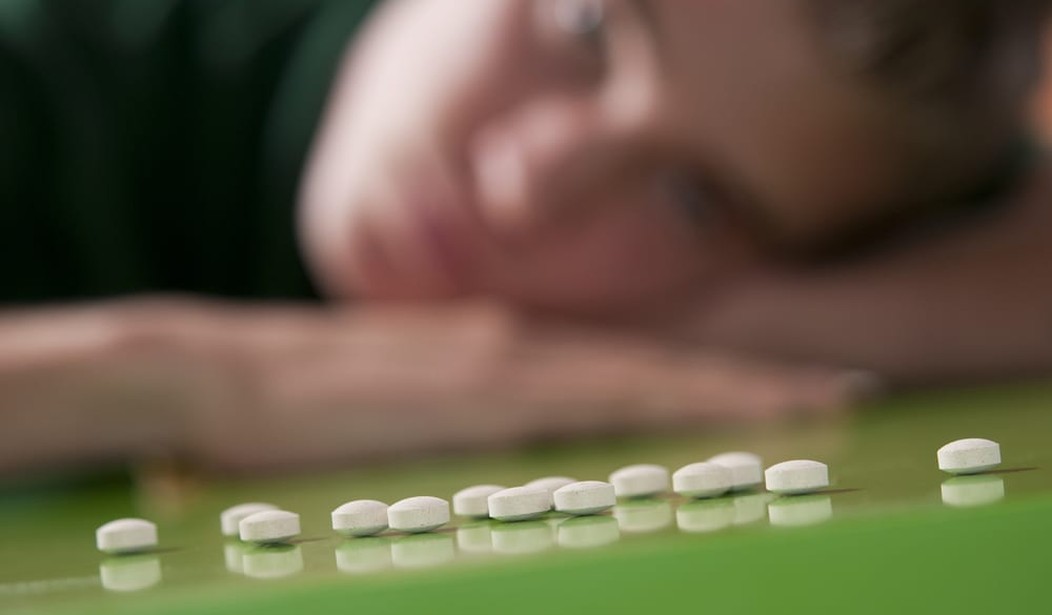The number of children and teenagers hospitalized for suicidal thoughts or actions has doubled over the past 10 years, according to a CNN report. Around two-thirds of those surveyed were young women. According to the CDC, “suicides have tripled in girls ages 10-14 between 1999 and 2014.” But while “females are more likely to attempt, males are more likely to succeed.”
CNN’s report proffers many expert opinions on potential causes, including increased anxiety and depression from overuse of social media and cyberbullying. The report notes that suicide rates usually rise in August directly before the new school year begins. A family history of suicidal thoughts, actions, and depression or anxiety also play a part. But when it comes to the role parents play in contributing to the rise in suicidal thoughts and actions among children, the only expert quoted blamed helicopter parents.
“Many parents try to protect their children from experiencing failure when they are young; thus, when they experience it later in life, they may not have developed the resources and/or coping skills they need to manage it,” [Avital K. Cohen] said. A bigger emotional response is triggered, which “might contribute to increases in suicidal expression.”
Somewhat ironically, another expert argued that not enough attention is being paid to addressing child mental health issues, yet according to the article’s conclusion:
[W]ith “an estimated 12 to 15 million children on psychotropic medications,” any time doses begin or get increased or decreased, “it may cause a change in emotional state which may reduce impulse control.” This could contribute to suicidal urges.
Antidepressants and ADHD drugs are some of the most commonly used psychotropics in America. They are also being prescribed to young children at alarming rates. According to psychotherapist Erica Komisar, “the U.S. Centers for Disease Control reports a 400% increase since the 1980s in children between the ages 12 and 19 on anti-depressants and anti-anxiety medications. Today, one in five children is diagnosed with ADHD.”
Unlike the experts cited in CNN’s article, Komisar focuses on the relationship between mother and child when it comes to a growing child’s emotional health. Unlike experts who look for problematic habits among parents of teens, Komisar digs deeper, studying the role a mother plays during the first three years of her child’s life. During this nascent period, mothers “soothe a child’s distress in the moment, and they help regulate a child’s emotions, not allowing them to go too high or too low. This lays down the foundation for resilience to stress going forward into adulthood.”
It’s an opinion that radically contrasts the notion that parents simply need to let their children fail so they can learn how to cope.
Resilience in the face of failure, according to Komisar, is something largely developed during the first three years of life. When a mother isn’t present enough during that period a child will inevitably experience higher levels of stress, producing higher levels of cortisol in the process. If left unaddressed, the chemical charge produced by the body can create a fearful, anxious child who appears to be aggressive or to show symptoms common to ADHD. She writes:
Research by Jay Belsky in the 1980s showed that children who spent more than 20 hours per week in child care away from their primary caregiver before they were a year old were more aggressive and prone to behavioral problems in preschool. I’ve seen the evidence myself in my own practice.
Komisar’s theory flies in the face of contemporary cultural practices. American parents go to work, their children go to care facilities, and when a problem arises, experts are consulted and medication is given. Because it’s easier (and cheaper) to pop a pill than to change a routine. Or is it?










Join the conversation as a VIP Member